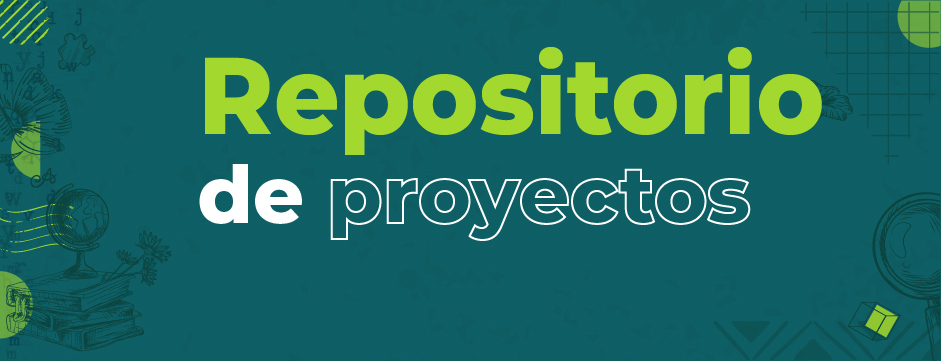
Por favor, use este identificador para citar o enlazar este ítem:
http://biblioteca.udea.edu.co:8080/leo/handle/123456789/9981Registro completo de metadatos
| Campo DC | Valor | Lengua/Idioma |
|---|---|---|
| dc.contributor.author | Mosquera Guerrero, Liliana | - |
| dc.contributor.author | Krueger, Tobias | - |
| dc.date.accessioned | 2024-06-05T18:32:38Z | - |
| dc.date.available | 2024-06-05T18:32:38Z | - |
| dc.date.issued | 2024 | - |
| dc.identifier.issn | 0016-7185 | - |
| dc.identifier.uri | http://biblioteca.udea.edu.co:8080/leo/handle/123456789/9981 | - |
| dc.description.abstract | ABSTRACT: This article focuses on understanding the territorialization processes caused by the decision of the Constitutional Court in Colombia to grant rights to the Atrato River. Against the background of the social-ecological conflicts of extraction, contamination, and direct use of the river's resources, state actors, ethnic and campesinos communities, and social organizations are now required to comply with Sentence T-622/16 and actively work together. The case is approached by using the hydrosocial territory framework and analyzing how this resonates with the territorial pluralism of the region. Based on field interviews and secondary data and documents from the first five years of implementation of the Sentence, we discuss how the Sentence defines a new hydrosocial imaginary around the collective territories of ethnic communities that we call territories-in-territory. We conclude by outlining the implementation struggles of Sentence T-622, especially those related to the requirement of participatory processes. | esp |
| dc.format.extent | 14 páginas | esp |
| dc.format.mimetype | application/pdf | esp |
| dc.language.iso | eng | esp |
| dc.publisher | Elsevier | esp |
| dc.rights | Attribution 3.0 United States | * |
| dc.rights.uri | http://creativecommons.org/licenses/by/3.0/us/ | * |
| dc.title | Struggling for the recognition of river rights: A case of hydrosocial territorialization of the Atrato River in Colombia | esp |
| dc.identifier.eissn | 1872-9398 | - |
| dc.identifier.doi | 10.1016/j.geoforum.2024.104000 | - |
| dc.type.coar | http://purl.org/coar/resource_type/c_2df8fbb1 | esp |
| dc.type.driver | info:eu-repo/semantics/article | esp |
| dc.type.redcol | https://purl.org/redcol/resource_type/ART | esp |
| dc.type.local | Artículo de investigación | esp |
| dc.rights.creativecommons | https://creativecommons.org/licenses/by/4.0/ | esp |
| dc.rights.accessrights | info:eu-repo/semantics/openAccess | esp |
| dc.subject.proposal | Derechos de la naturaleza | esp |
| dc.subject.proposal | Rights of nature | esp |
| dc.subject.proposal | Territorial pluralism | esp |
| dc.subject.proposal | Collective property | esp |
| dc.subject.proposal | River rights | esp |
| dc.subject.decs | Colombia | - |
| dc.subject.lemb | Río Atrato | - |
| dc.subject.meshuri | https://id.nlm.nih.gov/mesh/D003105 | - |
| dc.publisher.place | Oxford, Inglaterra | esp |
| dc.relation.ispartofjournalabbrev | Geoforum | esp |
| oaire.version | http://purl.org/coar/version/c_970fb48d4fbd8a85 | esp |
| oaire.citationendpage | 14 | esp |
| oaire.citationstartpage | 1 | esp |
| oaire.citationtitle | Geoforum | esp |
| oaire.citationvolume | 151 | esp |
| oaire.accessrights | http://purl.org/coar/access_right/c_abf2 | esp |
| dc.type.version | info:eu-repo/semantics/publishedVersion | esp |
| Aparece en las colecciones: | Artículos de Revistas | |
Ficheros en este ítem:
| Fichero | Descripción | Tamaño | Formato | |
|---|---|---|---|---|
| MosqueraLiliana_2024_Recognition_River_Rights.pdf | Artículo de investigación | 3.7 MB | Adobe PDF | Visualizar/Abrir |
Este ítem está sujeto a una licencia Creative Commons Licencia Creative Commons
